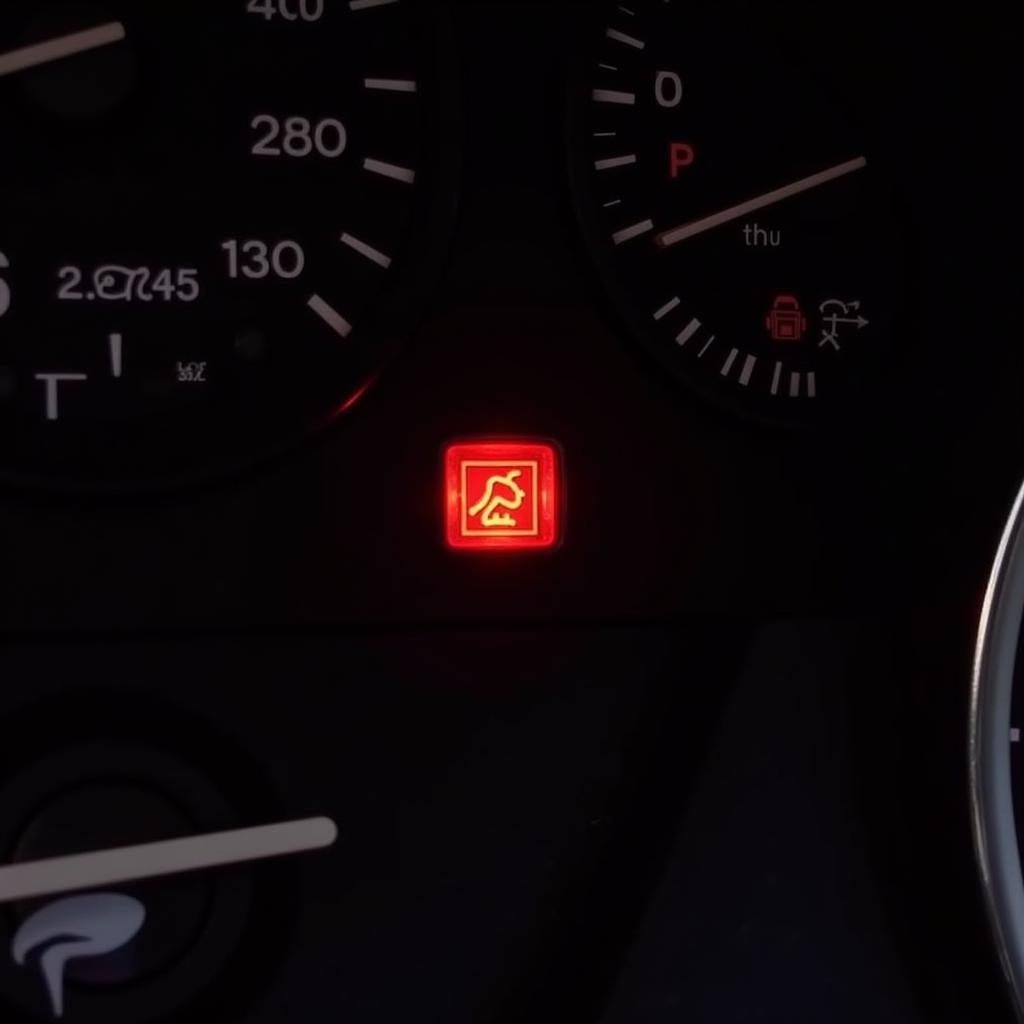In today’s digital age, our photos have become an increasingly valuable asset. Whether they capture precious memories or important documents, their protection from online theft is paramount. But with so many threats lurking in the digital world, how can we ensure our images remain secure?
Understanding the Risks
Before we delve into the solutions, it’s important to recognize the potential threats to our online photos:
- Image Scraping: Automated bots can easily download images from websites if they aren’t properly protected.
- Unauthorized Sharing: Friends or followers might share your images without your permission.
- Social Media Vulnerabilities: Social media platforms, while convenient, can be susceptible to data breaches and hacks.
Effective Strategies for Protecting Your Photos
1. Enable Watermarking
Adding a watermark to your images acts as a visual deterrent and helps identify your ownership. Consider using a subtle watermark that doesn’t detract from the image’s quality but clearly displays your name or logo.
2. Disable Right-Click Functionality
Many websites offer the option to disable right-clicking on images. This prevents users from easily downloading or copying your photos directly from your site.
disable-right-click-website|Website with disabled right-click functionality|This screenshot showcases a website where the ability to right-click on images has been disabled. This is a common technique used to deter quick and easy image downloads by users.>
3. Utilize Metadata Protection
Metadata embedded in your images often contains information about your camera, location, and even copyright details. While this data can be useful, it’s also accessible to anyone who downloads your photos. Consider removing or editing sensitive metadata before sharing your images online.
edit-image-metadata|Editing image metadata for privacy|This image shows the interface of a photo editing software where you can view and modify the metadata associated with an image file. This is crucial for removing sensitive information like location data before sharing online.>
4. Choose Secure Platforms
If you’re sharing photos on social media, be selective about the platforms you use. Opt for platforms with robust privacy settings and a good track record regarding data security.
FAQs About Online Photo Security
Q: Can I copyright my photos even if I don’t register them?
A: Yes, in most jurisdictions, you automatically own the copyright to your photos as soon as you take them. However, formally registering your copyright offers additional legal protection.
Q: Are there any online services that specialize in photo protection?
A: Absolutely! Services like Cardiagtech offer advanced solutions for online photo security, including image encryption and secure storage options.
Conclusion
Protecting your photos online requires a multi-faceted approach, combining preventative measures with smart online practices. By implementing the strategies outlined above, you can significantly reduce the risk of your valuable images falling into the wrong hands. For more comprehensive solutions and expert advice, consider reaching out to Cardiagtech for personalized guidance and cutting-edge tools to safeguard your digital assets.


